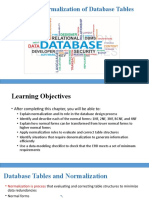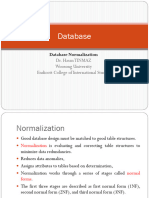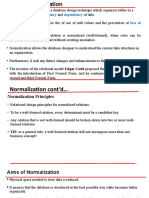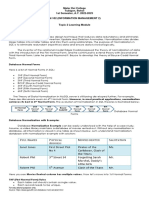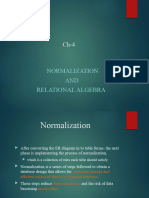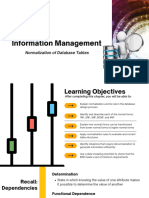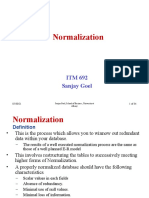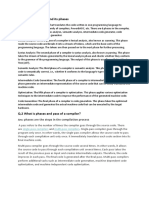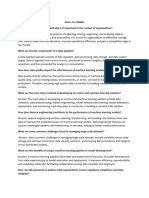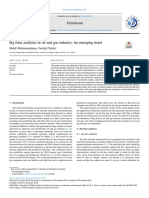0% found this document useful (0 votes)
32 views37 pagesChapter 5-T323 Introduction To The Relational Database
Uploaded by
ashish sharmaCopyright
© © All Rights Reserved
We take content rights seriously. If you suspect this is your content, claim it here.
Available Formats
Download as PDF, TXT or read online on Scribd
0% found this document useful (0 votes)
32 views37 pagesChapter 5-T323 Introduction To The Relational Database
Uploaded by
ashish sharmaCopyright
© © All Rights Reserved
We take content rights seriously. If you suspect this is your content, claim it here.
Available Formats
Download as PDF, TXT or read online on Scribd
/ 37



